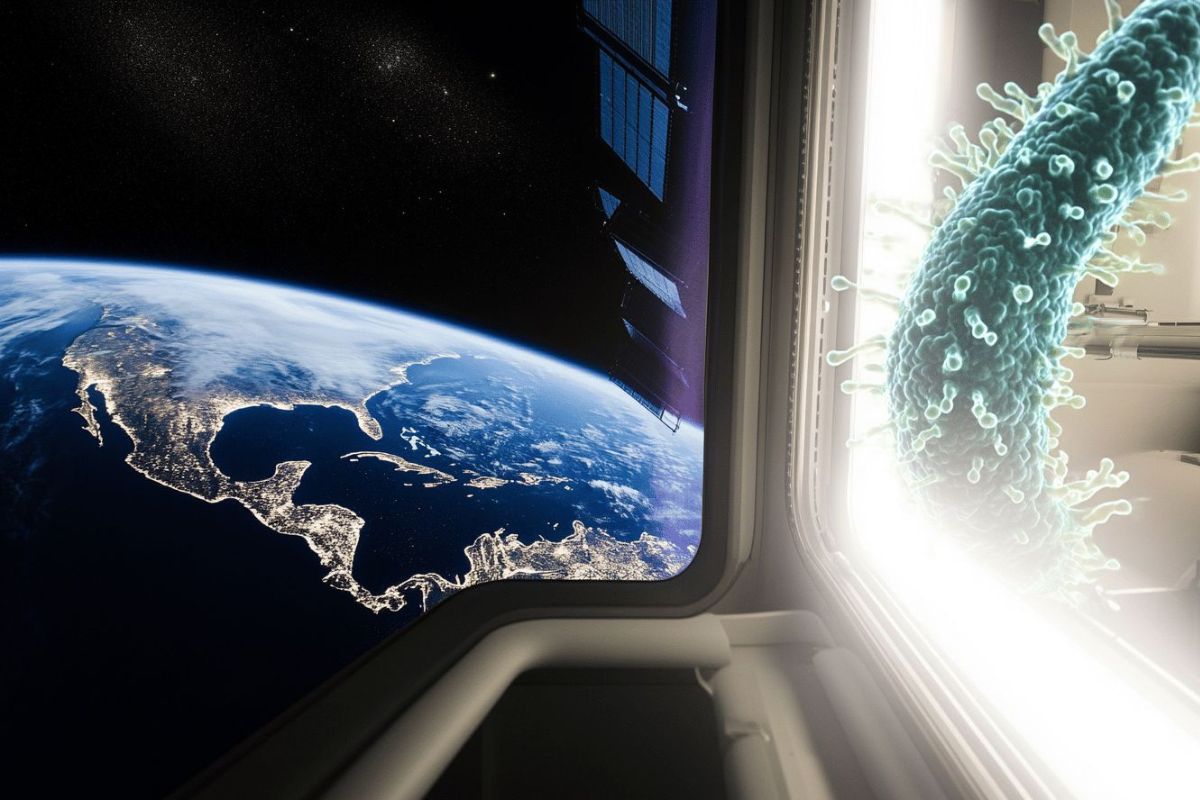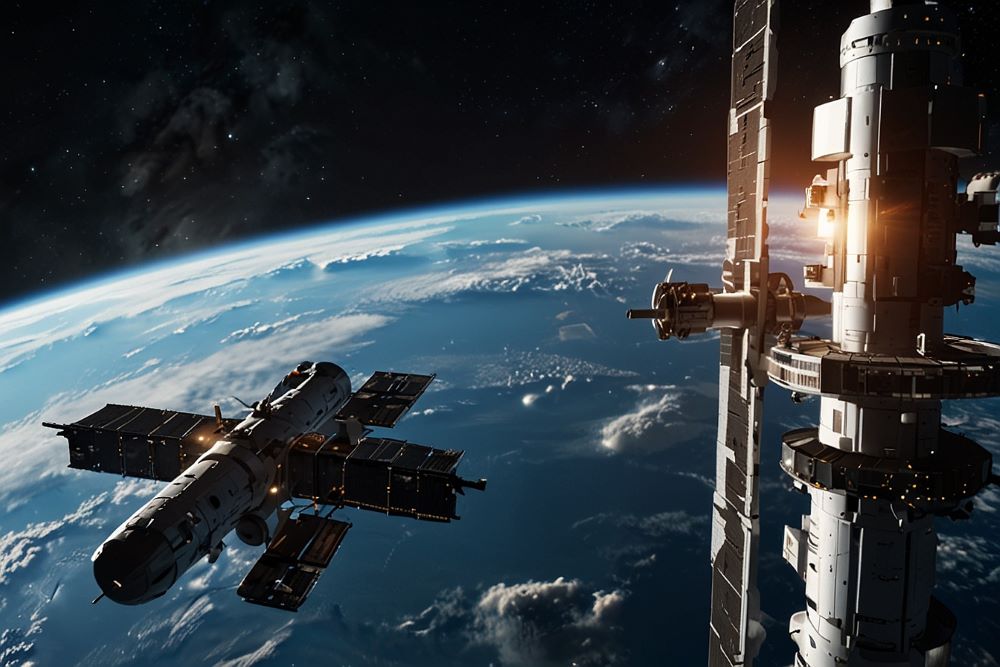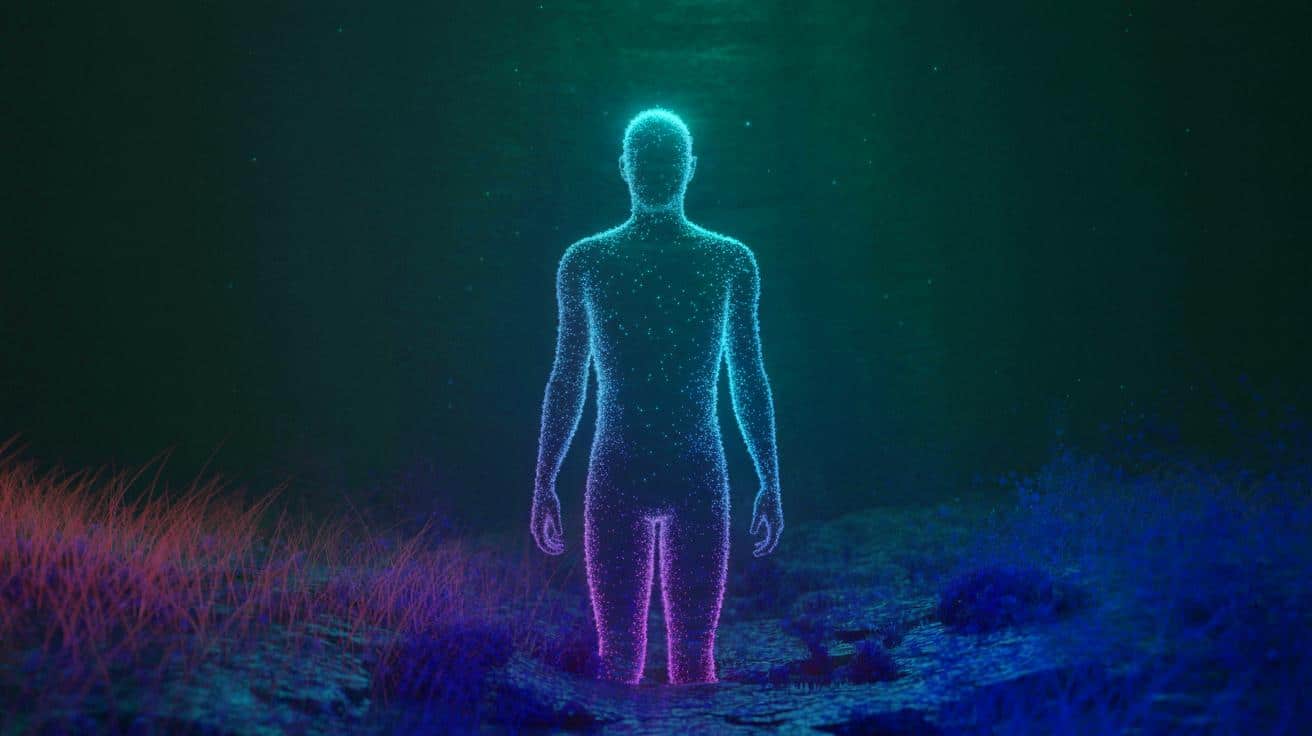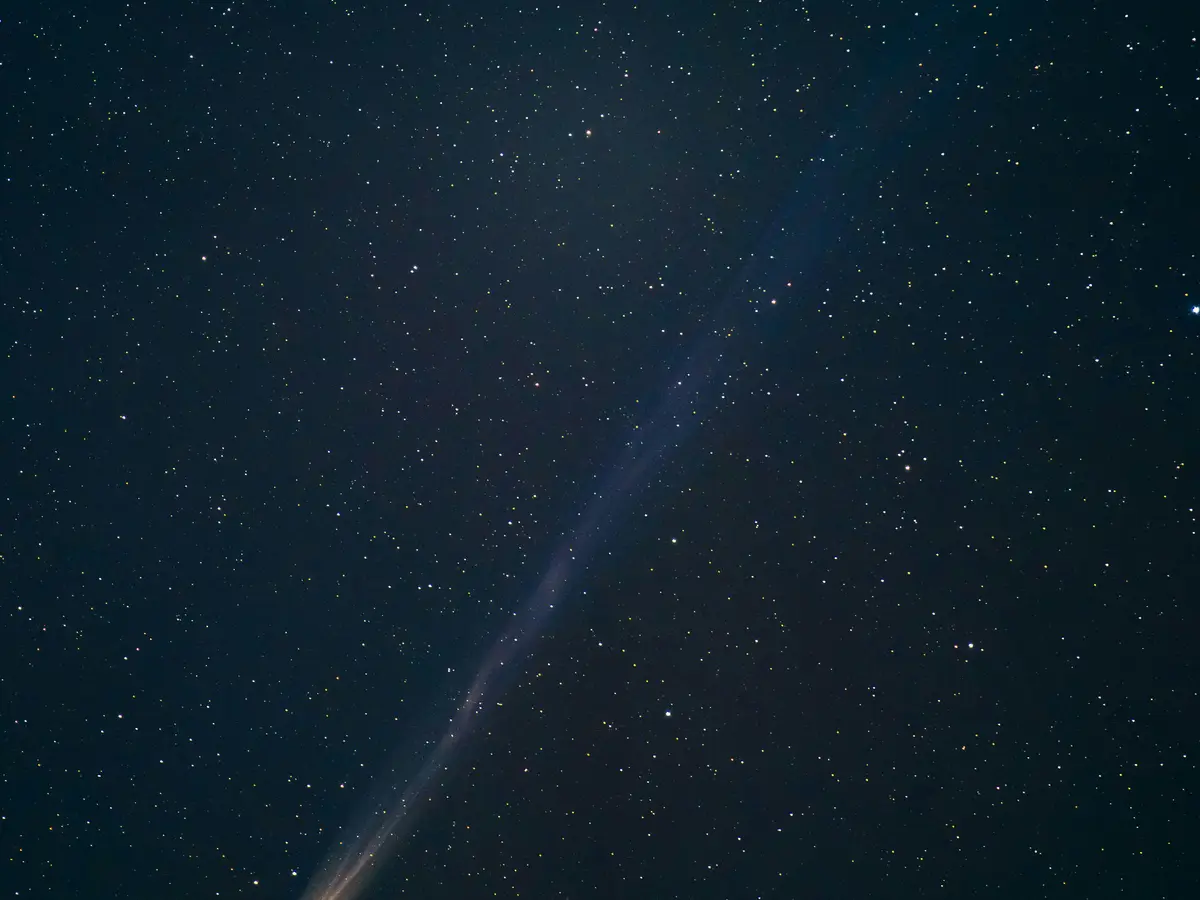Shocking Signs of Life? NASA’s Webb Telescope Discovers Atmosphere on Distant Exoplanet!
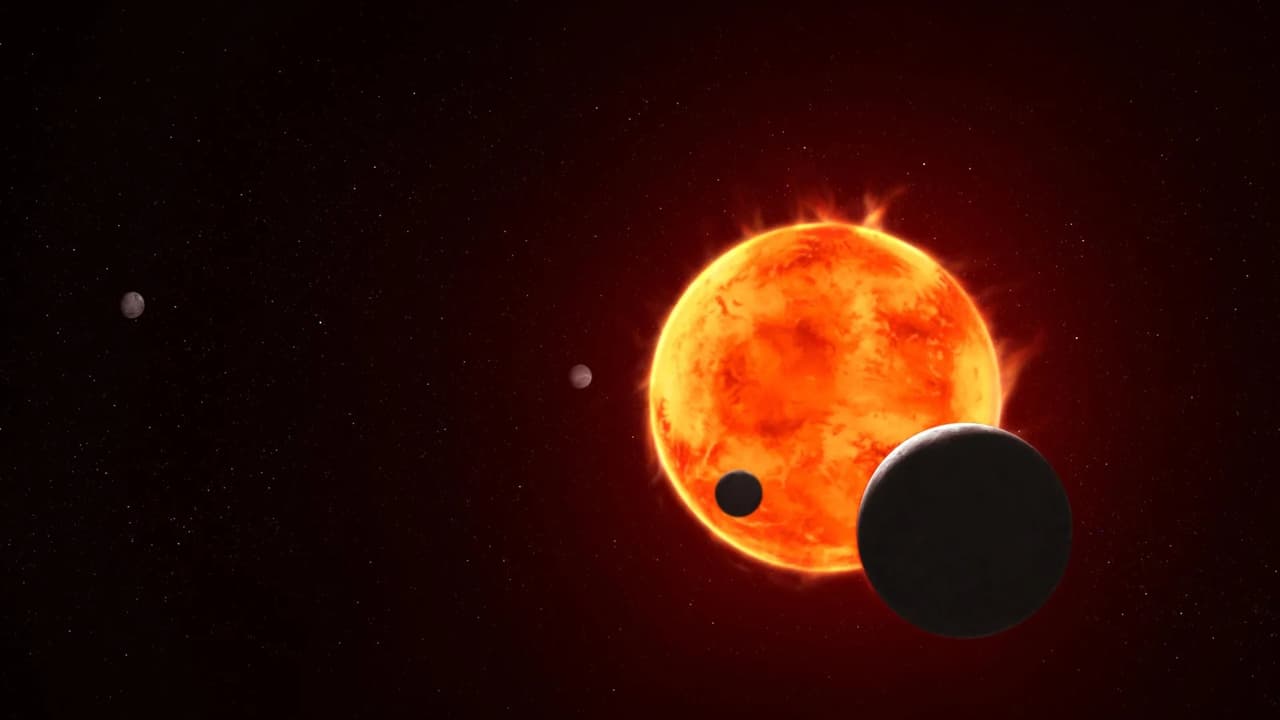
Imagine a world 40 light-years away that might just hold the key to life beyond Earth! NASA's James Webb Space Telescope has detected early signs of an atmosphere on the intriguing exoplanet TRAPPIST-1e, igniting excitement and hope among astronomers and dreamers alike.
As part of a groundbreaking observation, astronomers have found tantalizing hints suggesting that TRAPPIST-1e could host liquid water—making it a standout candidate for potential habitability outside our solar system. If you’re wondering what makes this discovery so remarkable, let’s dive a little deeper into what TRAPPIST-1e is all about.
TRAPPIST-1e: A Unique Earth-Sized Gem
TRAPPIST-1e, the fourth planet in the TRAPPIST-1 system, orbits a red dwarf star that’s smaller and cooler than our Sun. These types of stars, while often active and prone to stellar flares, can create a habitable zone where liquid water might exist. TRAPPIST-1e is situated snugly within this zone, raising our hopes for finding conditions conducive to life.
This planet is a fascinating case of being tidally locked, meaning one side constantly faces its star while the other remains shrouded in darkness. If TRAPPIST-1e does indeed have an atmosphere, it could help distribute heat, potentially leading to oceans or ice in certain areas.
The Science Behind the Discovery
The team, partly led by researchers from the University of Bristol, utilized the JWST's Near-Infrared Spectrograph (NIRSpec) to observe TRAPPIST-1e during its transit in front of its star. This incredible technique allows scientists to analyze light filtered through the planet's atmosphere, helping them identify the chemical signatures of gases like water vapor and carbon dioxide—elements that could hint at habitability.
Interestingly, it seems that TRAPPIST-1e might possess a secondary atmosphere, one that may have formed after losing its original hydrogen-rich envelope. This discovery is crucial, as a secondary atmosphere could support liquid water, unlike a primordial hydrogen layer, which usually doesn’t foster life.
According to Dr. Hannah Wakeford, an Associate Professor of Astrophysics at the University of Bristol, “JWST's observations give us unprecedented detail. While we cannot yet confirm a fully developed atmosphere, these first signs are incredibly promising.”
Why Are Secondary Atmospheres Important?
The fate of TRAPPIST-1e’s atmosphere might mirror Earth's own story. Most planets start with a hydrogen-helium atmosphere, but frequent stellar flares can strip this layer away, allowing a heavier, more hospitable atmosphere to form. Earth’s secondary atmosphere is what enables life, and a similar situation on TRAPPIST-1e could lead to oceans or even seasonal weather patterns, depending on how gases circulate across its landscape.
The Bigger Picture of Habitability
If the presence of an atmosphere on TRAPPIST-1e is confirmed, it will cement its status as one of the most compelling exoplanets in the quest for extraterrestrial life. This discovery not only strengthens the argument for water-based habitability beyond our solar system but also provides a valuable opportunity to study how planets evolve in red dwarf star systems.
It’s essential to remain cautious, though. Detecting gases doesn’t automatically imply life; many of these chemical signatures can also arise from non-biological processes. However, this study narrows down possibilities and paves the way for future observations.
“Each observation brings us closer to understanding these distant worlds,” explains Dr. David Grant, co-author of the study. “We are refining our models of exoplanet atmospheres and learning how planets like TRAPPIST-1e could support life.”
What’s Next for Exploration?
The research team is already planning to observe further transits of TRAPPIST-1e and its neighboring planets with the JWST. By comparing atmospheric data throughout the system, scientists hope to uncover more about the formation and evolution of these Earth-sized worlds. This mission is part of the JWST-TST DREAMS program, an international collaboration of over 30 scientists from the UK, US, and India. Together, they aim to answer one of humanity’s oldest questions: are we alone in the universe?
While it’s premature to declare TRAPPIST-1e as habitable, the JWST’s observations signify a monumental milestone in exoplanet science. This planet could potentially have a secondary atmosphere capable of supporting liquid water—a tantalizing prospect in the search for alien life.
As we look ahead, the coming years will reveal if these atmospheric hints evolve into concrete evidence of oceans, icy caps, or perhaps even the first whispers of alien biology. For now, TRAPPIST-1e stands as one of the most exhilarating worlds in the cosmos, reminding us of the endless mysteries waiting to be unraveled.




